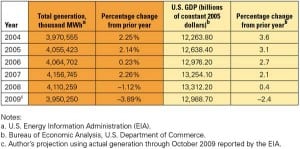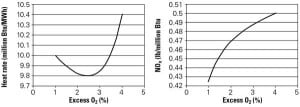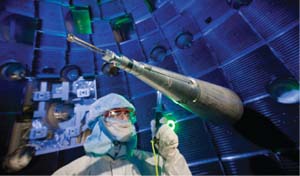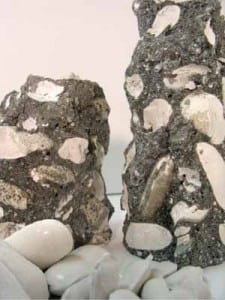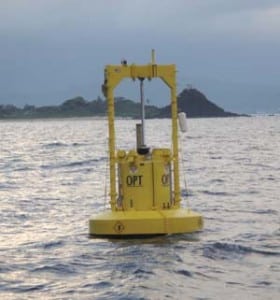Latest
-
Nuclear
Benchmarking Nuclear Plant Staffing
The EUCG Nuclear Committee has collected benchmarking data of U.S. nuclear plant staffing for many years. A summary of this highly desirable data was gleaned from EUCG databases and is now, for the first time, made public through an exclusive agreement with POWER.
-
O&M
A Primer on Optimizing Fleet Operations
The power industry needs a straightforward definition of "fleet optimization" and a game plan to achieve the promised economic gains of optimizing. This need has become more urgent because integrating nondispatchable renewable resources requires more complex optimization strategies. The bottom-up approach presented here applies well-understood optimization principles and techniques that will help power producers minimize their fleetwide cost of production, independent of the technologies used to generate electricity.
-
O&M
Enhanced Condenser Tube Designs Improve Plant Performance
Enhanced condenser tube designs can significantly improve the heat rate and performance of fossil and nuclear plants. Using the optimum number of tubes and replacement tube sheets will cost more than simply replacing plain tubes. However, the investment’s simple payback is measured in only weeks, which builds a strong case for using an enhanced tube design as part of your next condenser overhaul.
-
Water
Sub-Sea Water Treatment System Provides Reliable Supply for the Huarun Power Plant
River deltas experience extreme seasonal changes in water quality that perplex conventional water treatment systems. Industrial development in China, including new power plants, has spurred the development of desalination processes that have tamed these brackish water sources to provide a virtually unlimited supply of boiler-quality water.
-
Smart Grid
Smart Grid: On the Money
How much will a smart grid cost? It’s a question that has gained importance in light of massive cost overruns for one highly touted U.S. project.
-
Commentary
Rethinking the Power Industry’s Dash to Gas
During a recent meeting of state utility commissioners, the CEO of a Fortune 500 electric power company said natural gas prices promise reliability but "always break your heart." What breaks my heart is the electric power industry’s ongoing love affair with natural gas. Using natural gas for generating electricity is not the best or highest use for this clean, green, and domestically abundant resource.
-
Nuclear
U.S. Spins Nuclear Wheels as Other Nations Roll Out New Plants
President Barack Obama’s January State of the Union speech called for incentives to make clean energy profitable — mainly through the construction of a new generation of nuclear power plants. That comment, an apparent effort to reach out to Republican members of Congress, drew furious applause. Within three weeks, the president’s backing of nuclear power had already made a significant impact on the U.S. nuclear sector.
-
Nuclear
Initial Experiments Meet Requirements for Fusion Ignition
Scientists at Lawrence Livermore National Laboratory’s National Ignition Facility (NIF) in California speculate that a prototype nuclear fusion power plant could be operational within a decade, thanks to a test of the world’s largest laser array that confirmed a technique called inertial fusion ignition is feasible. Their first experiments have demonstrated a unique physics effect that bodes well for NIF’s success in generating a self-sustaining nuclear fusion reaction. Fusion energy is what powers the sun and stars.
-
Coal
From GHG to Useful Materials
Could the transformation of carbon dioxide (CO2) into carbonates and oxides solve the problem of greenhouse gas emissions (GHG) from fossil-fired power plants? Some companies are betting that such processes could make everyone happy and even create new profits. Buzz has been growing about this approach, though the concept has been around for many years.
-
Hydro
Marines Get Power from Waves
Ocean Power Technologies Inc. (OPT) announced on Feb. 1 that it had successfully deployed one of its PowerBuoy wave energy devices about a mile offshore from a U.S. Marine Corps Base on the island of Oahu in Hawaii. The device generates up to 40 kW of power from the rise and fall of waves, and since its deployment in December 2009, it has been generating power within specifications.

